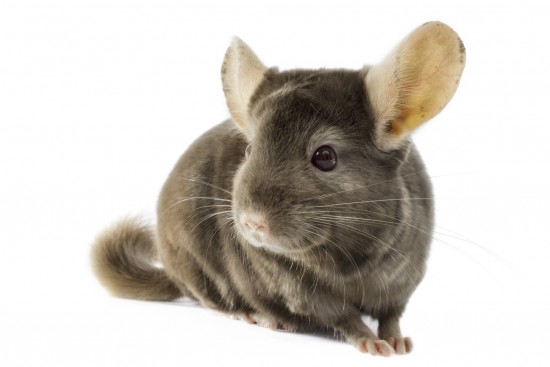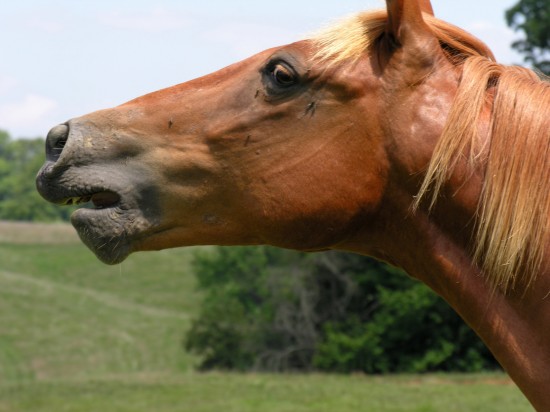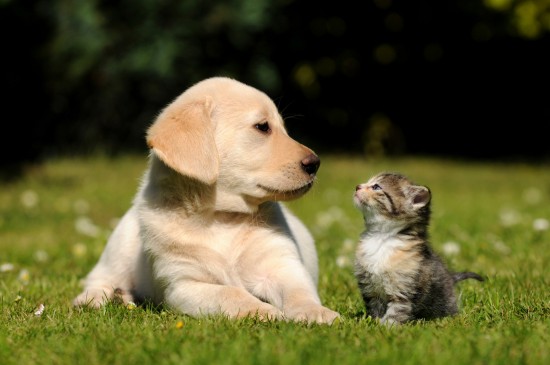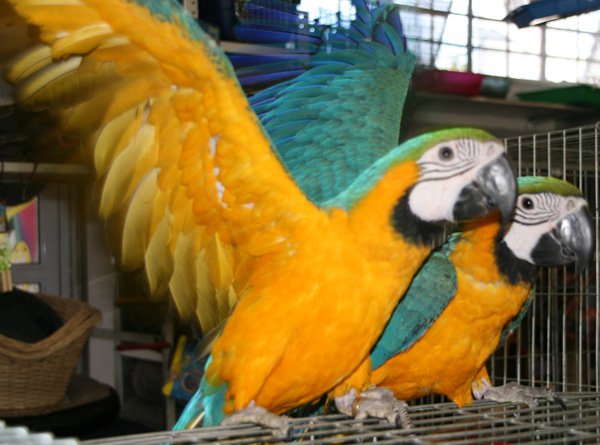
African Grey Parrots are considered to be some of the smartest members of the Parrot family, and have become a coveted pet for bird lovers. Known for their ability to imitate sounds and use words in their proper context,
Greys are intelligent as well as beautiful. Here are 5 answers to frequently asked questions about the Congo and Timneh African Grey Parrot.
What is the difference between the Congo (CAG) and the Timneh (TAG)? The Congo is slightly larger and can be easily identified because of its brilliant red tail, dark gray beak, and overall powder gray feathers.
The Timneh sports a sleeker body build, has a maroon tail, gray feathers that are a darker charcoal color, and has a two-tone beak with the upper mandible being bone in color and the bottom one gray. With proper care they have been known to live 50 years and longer.
Is there a difference is cost? The Congo seems to be more in demand among bird lovers because of their size and their powder gray color. And because of the higher demand they are more expensive, so breeders tend to raise more of them because they can be sold for a higher price.
So if you are on a budget, but still want an African Grey, the Timneh is a great bird to choose. They are just as intelligent but cost a lot less.
How does their care differ? There is no difference in the care needed. They both need a high quality pellet base diet supplemented with fresh, organic fruits and vegetables, a continuous supply of fresh water, toys, a large cage with perches at various levels, a lot of attention, socialization, and training.
This will keep you Grey physically healthy, and emotionally happy which goes a long way toward preventing behavioral issues such as biting, screaming, feather plucking, and self mutilation.
Is there a significant difference in their personalities? There are some who believe that the Congo tends to be more excitable and prone to feather plucking than its smaller cousin. Others believe that any difference between the birds is due more to their individual personalities than a generalization about the subspecies.
What can be done about the dust they create? The dust they create is a natural phenomenon and is nature's way of helping their wings develop normally. In the wild this dust would dissipate rather than build up as it does in captivity.
This dust is not good for the birds because it clogs their air passages which can lead to respiratory infections. It also serves as a carrier for airborne bacteria and viruses that can cause disease and infection in your bird.
In addition, it is also not good for people, particularly those who suffer from allergy or asthma. The best way to keep your bird's air clear of this dust is to use a high efficiency particle arresting air purifier that is designed with birds in mind.
Remove airborne bird dust continually with the Bird ust Air Purifier offered by PurerAir.com at http://purerair.com/bird_dust_air_purifier.html
 Chinchilla Care
Chinchilla Care
Chinchilla Care
Chinchilla Care
 How To Cope With Flies Around Horses
How To Cope With
How To Cope With Flies Around Horses
How To Cope With
 Stopping Your Cat From Bullying Your Dog!
Stopping Your Cat
Stopping Your Cat From Bullying Your Dog!
Stopping Your Cat
 Six Changes In Your Cat’s Coat That Require Attention
Six Changes In Yo
Six Changes In Your Cat’s Coat That Require Attention
Six Changes In Yo
 Discover the many joys and pleasures of sending cute puppy pictures
Discover the many joys and pleasures of sending cute puppy
Discover the many joys and pleasures of sending cute puppy pictures
Discover the many joys and pleasures of sending cute puppy
Copyright © 2005-2016 Pet Information All Rights Reserved
Contact us: www162date@outlook.com